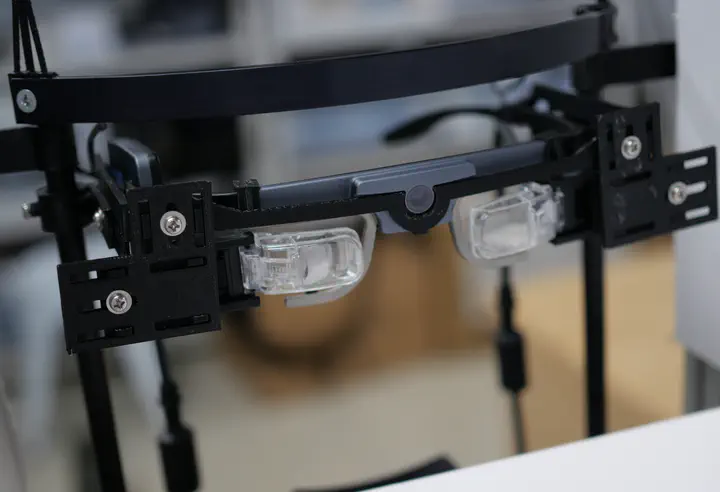
Abstract
Commonly used Head Mounted Displays (HMDs) in Augmented Reality (AR), namely Optical See-Through (OST) displays, suffer from a main drawback: their focal lenses can only provide a fixed focal distance. Such a limitation is suspected to be one of the main factors for distance misperception in AR. In this paper, we studied the use of an emerging new kind of AR display to tackle such perception issues: Retinal Projection Displays (RPDs). With RPDs, virtual images have no focal distance and the AR content is always in focus. We conducted the first reported experiment evaluating egocentric distance perception of observers using Retinal Projection Displays. We compared the precision and accuracy of the depth estimation between real and virtual targets, displayed by either OST HMDs or RPDs. Interestingly, our results show that RPDs provide depth estimates in AR closer to real ones compared to OST HMDs. Indeed, the use of an OST device was found to lead to an overestimation of the perceived distance by 16%, whereas the distance overestimation bias dropped to 4% with RPDs. Besides, the task was reported with the same level of difficulty and no difference in precision. As such, our results shed the first light on retinal projection displays’ benefits in terms of user’s perception in Augmented Reality, suggesting that RPD is a promising technology for AR applications in which an accurate distance perception is required.